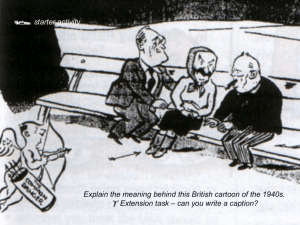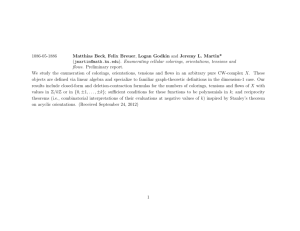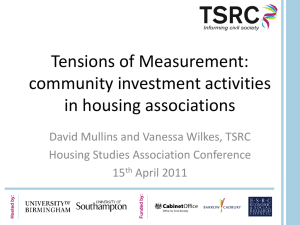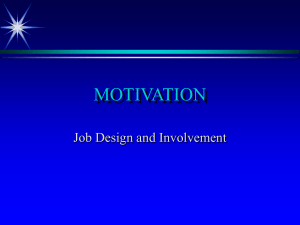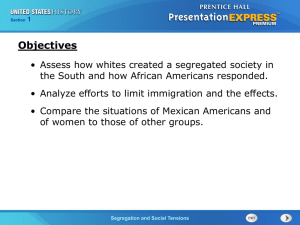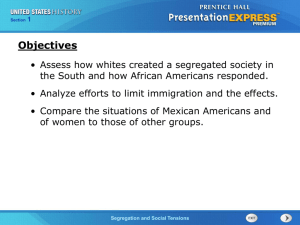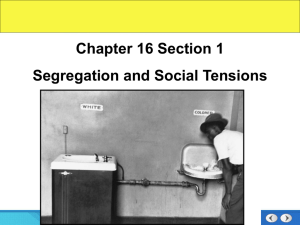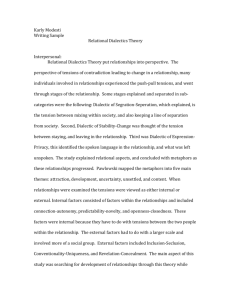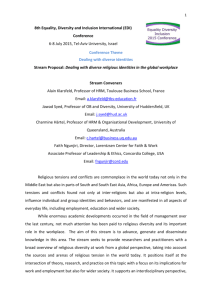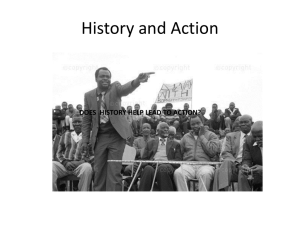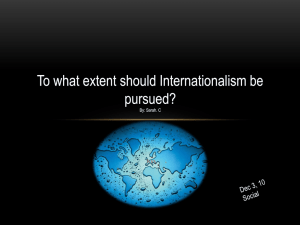presentation slides - Barts and the London School of Medicine and
advertisement
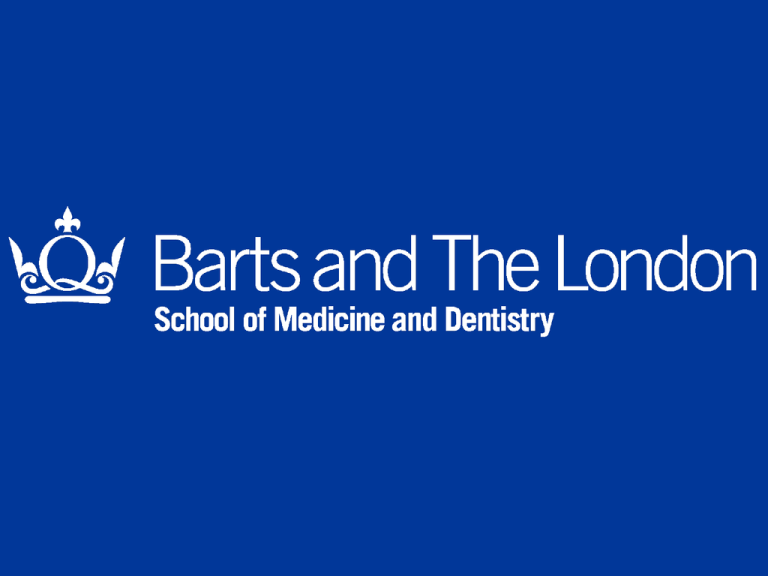
Tensions in Curriculum Development Prof Della Freeth Clarifying curriculum • Not simply a syllabus with assessments Whole learning experience, planned and unanticipated • Curriculum as: – written – delivered – Received • Formal and hidden curricula Tensions - not so much ... More like ... Tension Triangles – Knud Illeris • How we learn: learning and non-learning in school and beyond • 2007, Routledge • Published in Danish in 1999 Individual learning triangle Incentive/emotion Interaction • Content/cognition Social environment Interaction triangle Individual Interaction • Social situation (e.g. classroom, simulation, workplace) Societal situation Environment Illeris’ learning model Individual Incentive/emotion Interaction • Content/cognition Social situation Societal situation Environment Think of model as creative tensions supporting curriculum development ... WHO Patient Safety Curriculum for Medical Schools www.who.int/patientsafety/education/curriculum/en/ • Introduced 2009, being piloted in 10 countries, ‘multiprofessional’ guide under development • 258 pages “... a comprehensive, ready-toteach, topic-based patient safety programme” p4 Approach • Detailed teachers’ notes and presentation slides provided. Also some case studies. • Eleven topics: 1. What is patient safety? 2. What is human factors and why is it important to patient safety? 3. Understanding systems and the impact of complexity on patient care 4. Being an effective team player. 5. Understanding and learning from errors. 6. Understanding and managing clinical risk. Topics continued 7. Introduction to quality improvement methods. 8. Engaging with patients and carers. 9. Minimizing infection through improved infection control. 10.Patient safety and invasive procedures. 11.Improving medication safety. Patient safety curriculum and Illeris’ model • Is content dominating at present? • Will the suggested activities provide emotions/incentives that support positive and enduring learning? • How can we focus on productive tensions and balance points between content, emotion and social environments? Some thoughts ... • Importance of variety (e.g. stimulus material, structure of learning opportunity; perhaps also which corner of the individual triangle leads) • Strategic choice of learning environments, playing to the strengths of each: workplaces, classrooms, residential and leisure settings, physical simulations, virtual worlds, drama, archives of patient experiences, media archives, ... Some other tensions Thread or block? I favour Exotic or mundane? Error reduction or error recovery? • See Dror, I. (2011) A novel approach to minimize error in the medical domain: Cognitive neuroscientific insights into training. Medical Teacher, 33(1):34-38 • Theory and ideals, societal expectations, national policy ... • Daily realities in workplaces, patients’ homes, public spaces Challenges • How might you use the Illeris model to: – plan and enliven patient safety education? – Attend to tensions that you encounter? Thank you • d.freeth@qmul.ac.uk
